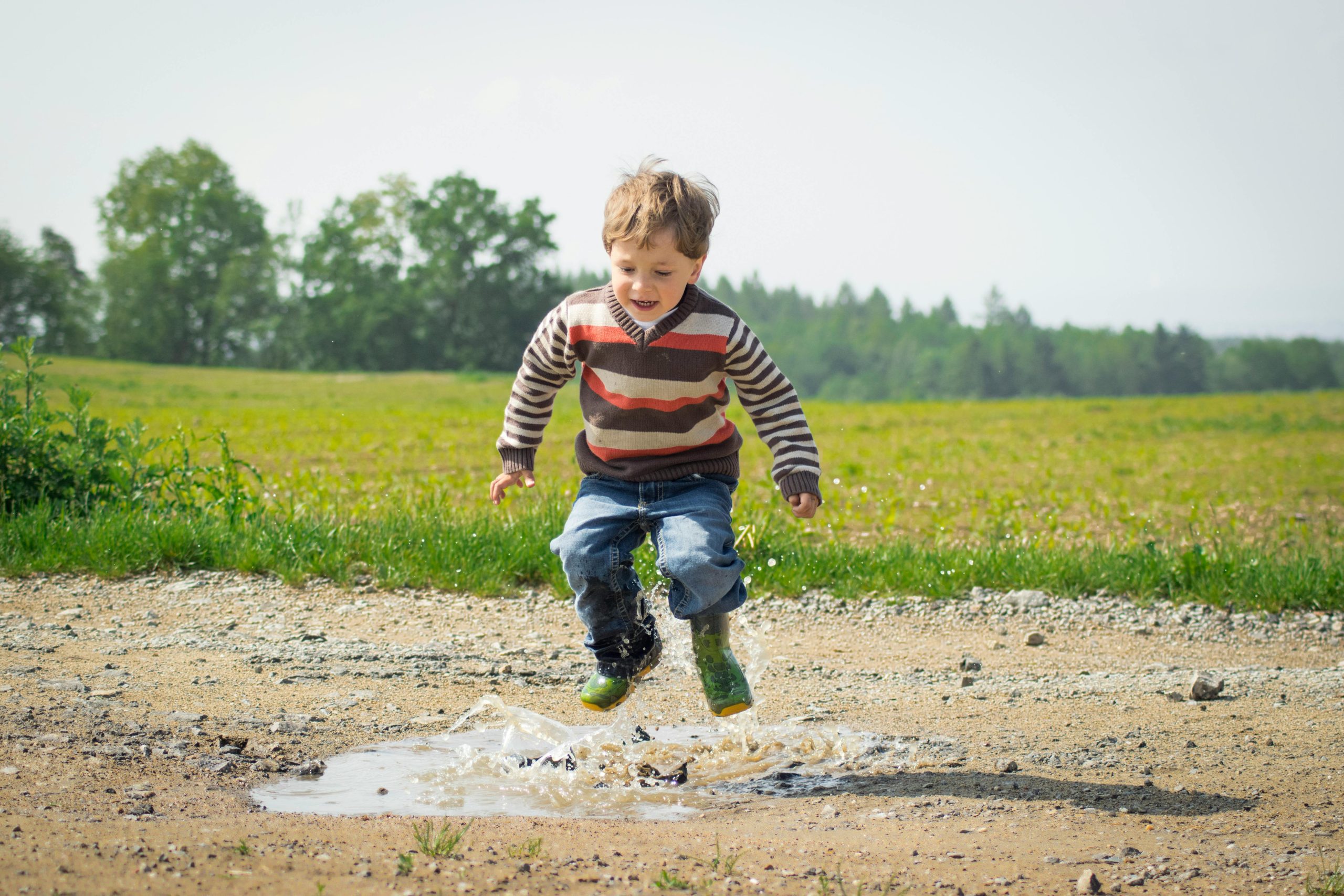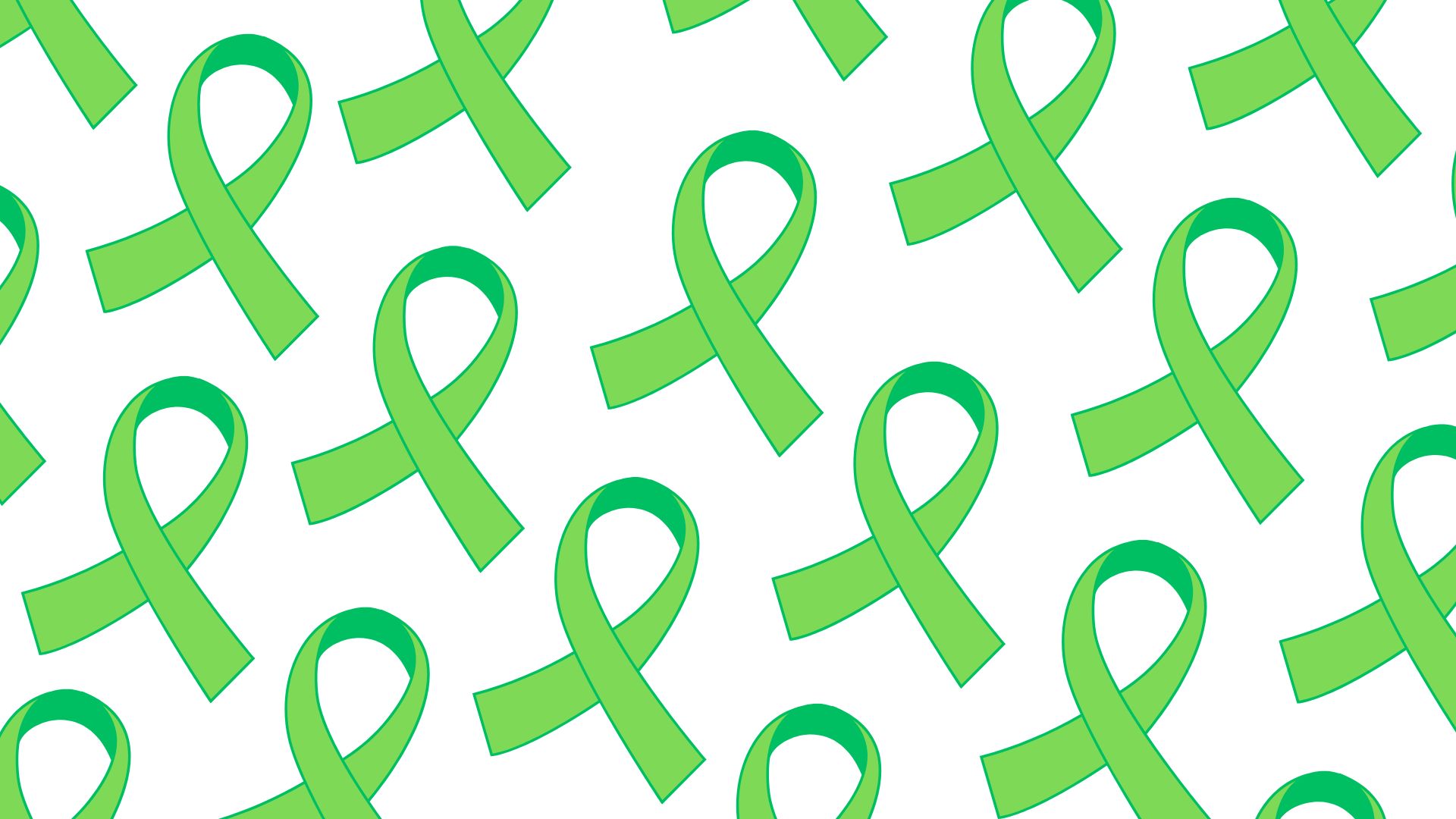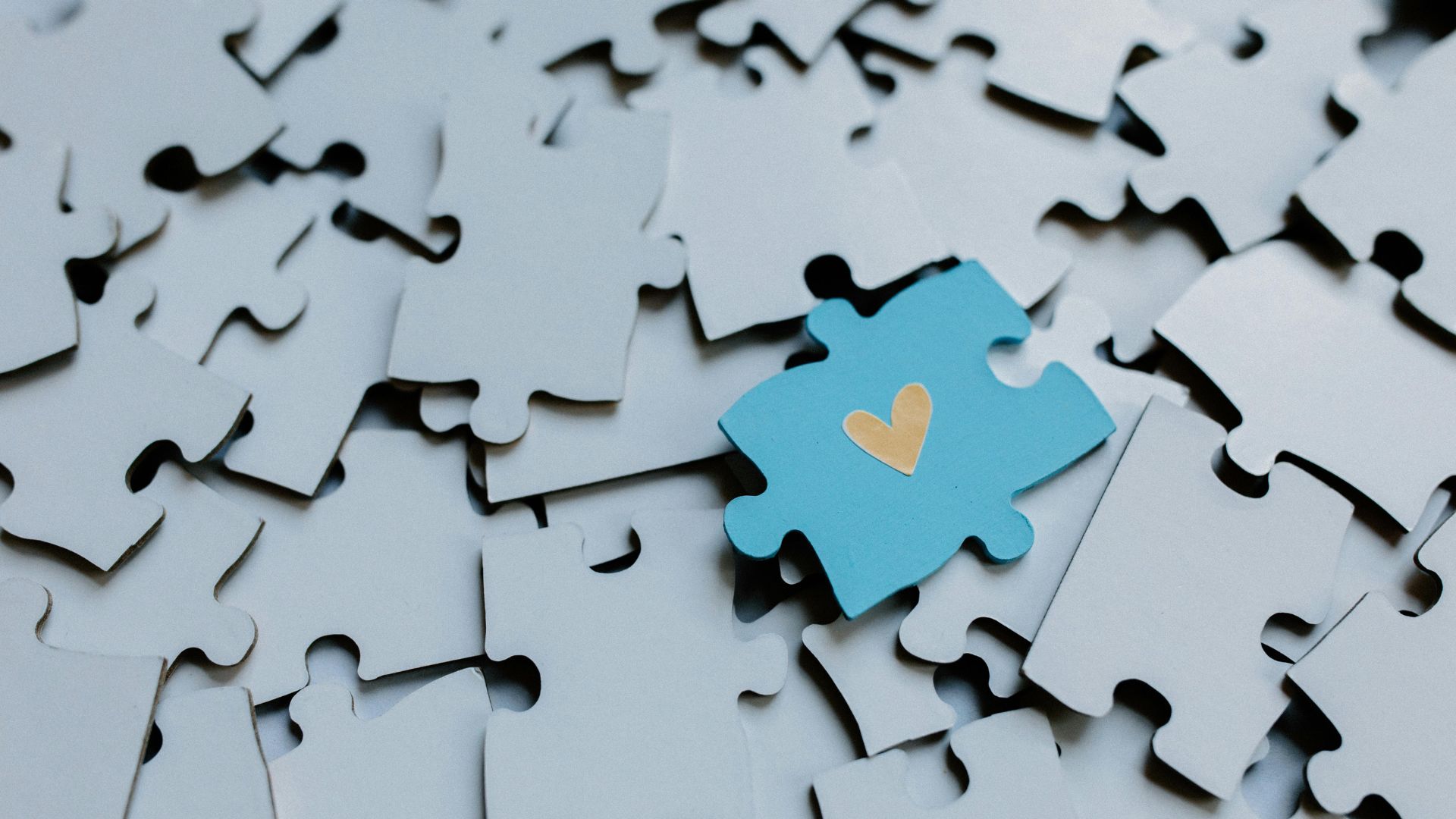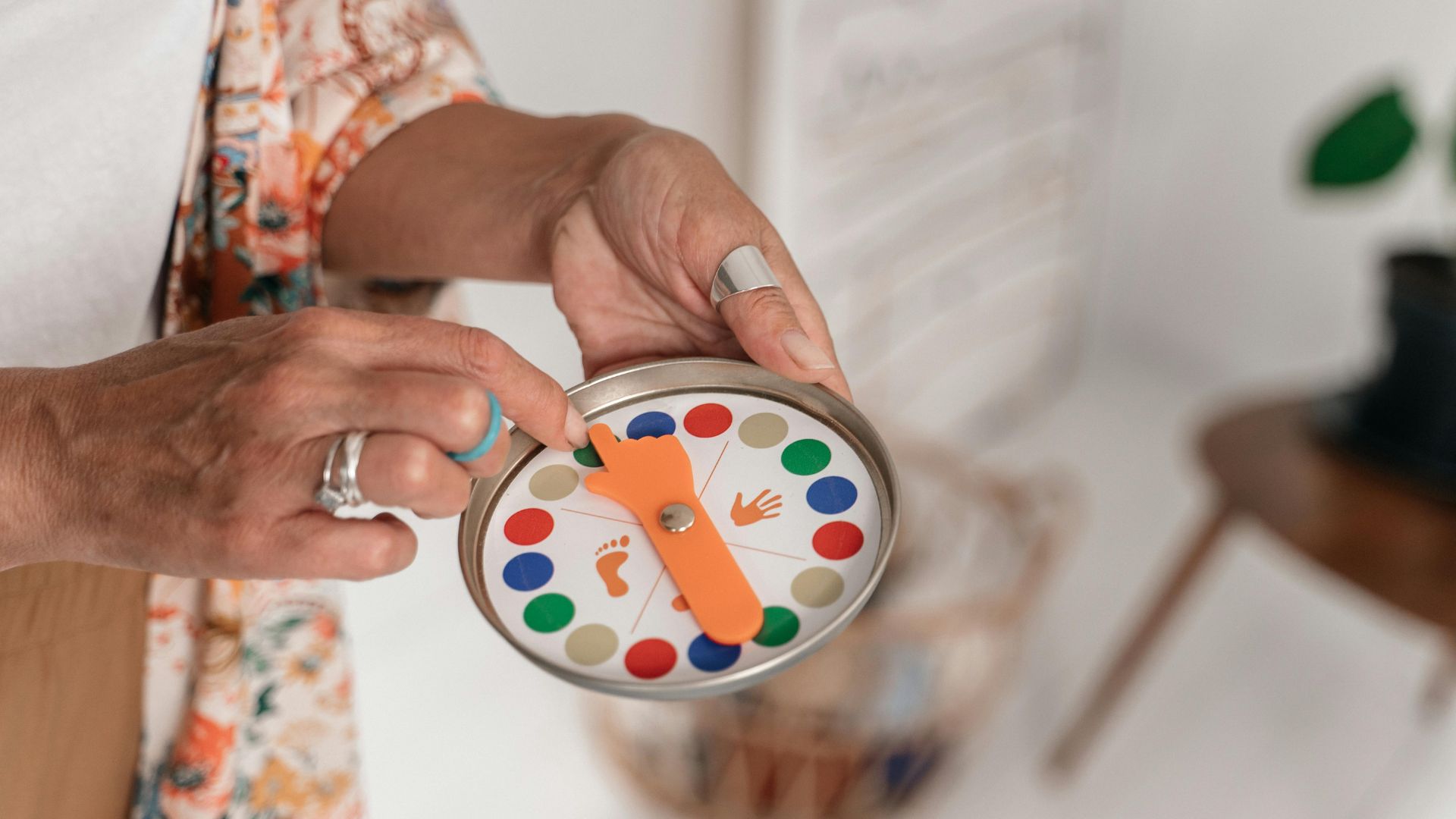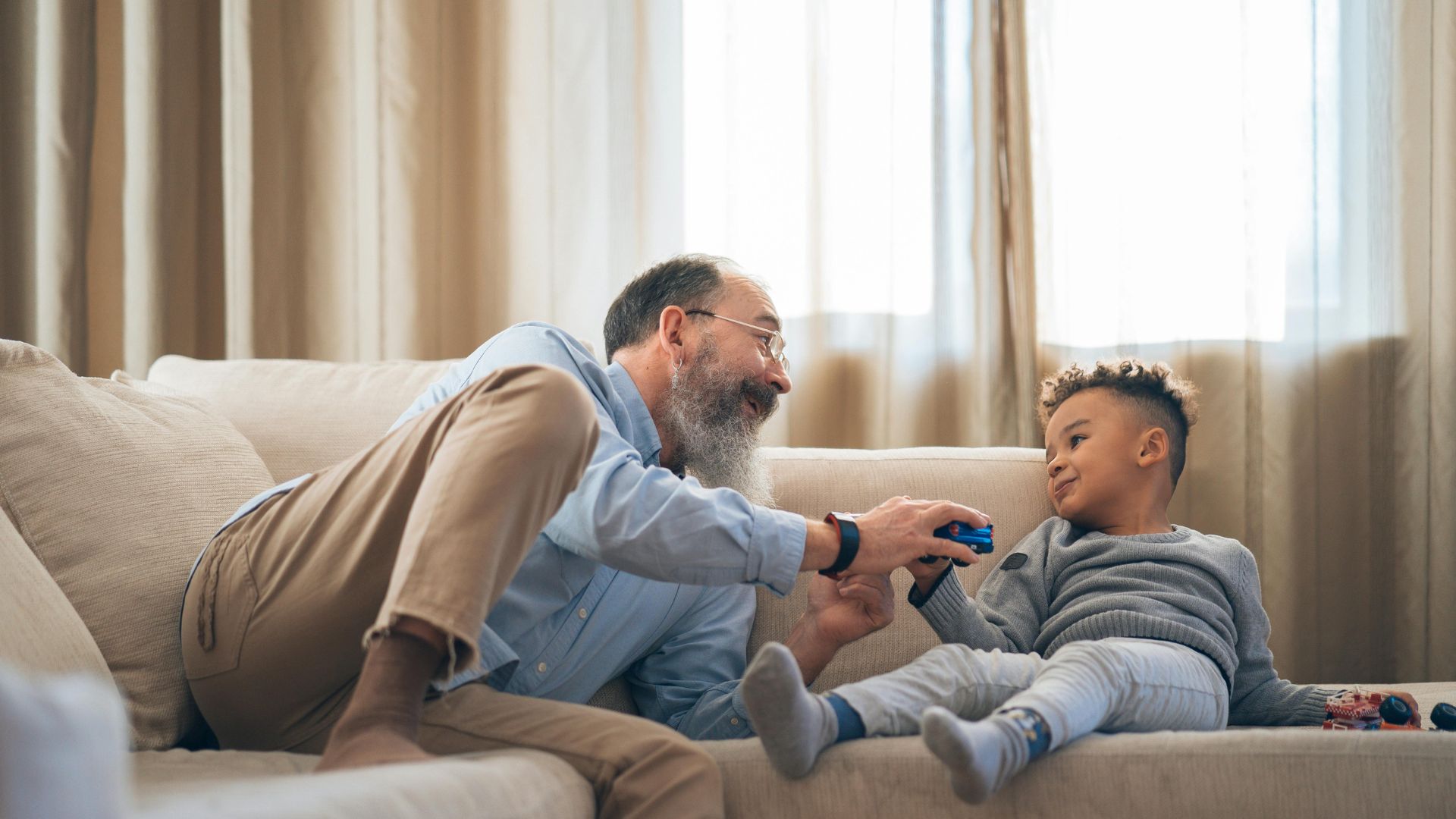The Power of Play Therapy
by Hailey Byrne, LMSW | November 2024
Play therapy is a therapeutic approach that utilizes play as the primary tool. In play therapy, clinicians guide play sessions in order to observe behaviors, emotions, and themes that emerge within play. Play therapy allows children to communicate in a way that is more natural and comfortable for them especially when faced with complex difficulties such as trauma, anxiety, or behavioral concerns. Play therapy also helps foster a trusting relationship between the child and clinician which is critical for successful work to occur.
How Does Play Therapy Work?
The therapist will often tailor interventions to the interests and needs of the children they work with. The clinician often develops therapeutic goals for the child and uses play as a tool. Play therapy allows children to express their feelings in their own way, on their own time, and without pressure from the clinician.
Techniques within Play Therapy
Play therapy can take many forms depending on the interests, developmental level, and needs of each child. The two types of play therapy are directive and nondirective. In directive play therapy, therapists take the lead and may suggest specific toys or activities that will be used throughout the session. In nondirective play therapy, the sessions are less structured and children are provided the freedom to choose the toys or activities while the therapist takes on a more observational role. Some examples of mediums that the clinician may use includes:
- Role play
- Stuffed-animals or puppets
- Dolls or action figures
- Arts or crafts
- Dance or musical play
- Storytelling
- Blocks
Benefits of Play Therapy
As previously discussed, play therapy allows clinicians to meet clients where they are at and nurtures a strong therapeutic alliance between therapist and client. Some other potential benefits of play therapy include:
- Emotional expression utilizing play as an outlet
- The development of healthy coping skills and effective problem-solving strategies
- Increased self-esteem as children become more in control of their emotions
- Improvement in fine and gross motor skills
- Trauma processing when play is utilized as a way to process or re-enact past experiences
- Increased social skills and strengthening of relationships
Sources:
https://www.psychologytoday.com/us/therapy-types/play-therapy
https://www.healthline.com/health/play-therapy


